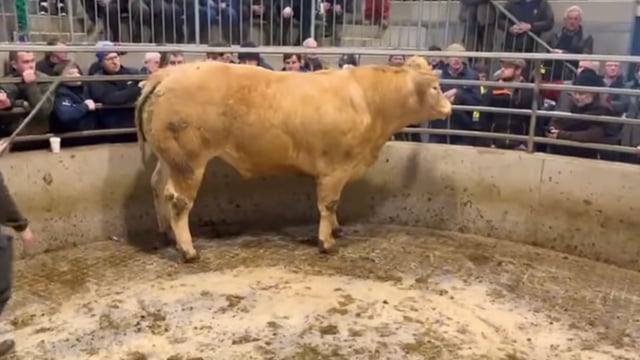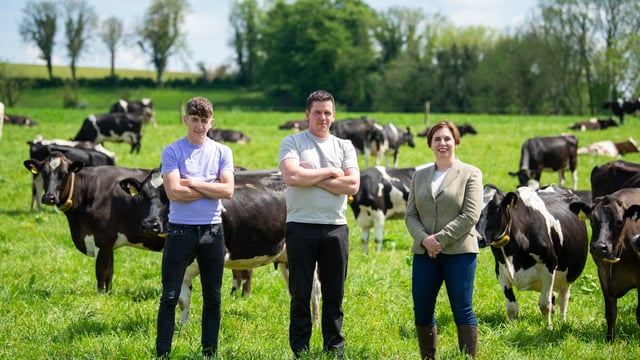Tweaks to your calf shed that could improve calf health this spring
We are now only a matter of days away from the start of the calving season and any last minute tweaks that need to be made to your calf shed need to be done straight away.
Having a proper calf shed set-up will improve the health and welfare of calves and will also help reduce the workload for the farmer in terms of feeding and dealing with less illness.
A calf shed should be well ventilated and allow for clean, fresh air to be well distributed around the shed.
It is also important to strike a balance with this ventilation as you do not want to create a draught for calves either as calves exposed to draughts will lose excessive body heat.
The calf shed should be able to relieve the surface of dampness and keep the surface dry by having sufficient floor slopes, no damp walls, no rain ingress or no leaking water troughs.
The calf shed should be clean and kept clean throughout the calving season and should allow for easy access to clean without impacting other pens which can be difficult in older calf houses.
Ventilation needs to be the first area of rectification for farmers before calving kicks off, especially if there were cases of pneumonia last year.
The use of fans or an air tube to help remove stale air from the shed is one possibility.
However, it is important to make sure it is adequately designed for the shed in which it is fitted in order to provide the best results and to ensure the air is flowing in the right places.
Sliding doors could alternatively be fitted and on days where ventilation is poor, the sliding doors can opened to increase the air inlet - with this option wind breakers above gate height and rubber below should be fitted to prevent air ingress at calf height.
A shed needs to provide warmth to the calf which is crucially important- the optimal air temperature for calves under three weeks old is 15-20℃.
Calves at a young age struggle to retain and produce heat until their rumen is fully developed and so, having an adequate bed of straw to allow the calves to nest is crucial. Where straw is limited on the farm, calf jackets may be an option.
Any leaks from water troughs or sources of moisture should be fixed as moisture in the calf shed is a pathway for bugs and pathogen survival and it lowers the temperature of the calf house.
When the calf shed is in use, a regular 'kneel test' should be carried out in the areas where calves tend to lie to see whether the bedding is dry enough for calves to lie on.
Farmers are also advised to regularly put their nose within six inches of the bedding to quickly identify the presence of ammonia as the presence of this gas can have a severely negative impact of the calves' respiratory system.
When cleaning out calf shed in the middle of calving, once the waste bedding is removed, farmers should apply lime to the floor of the shed rather than washing the shed with a pressure hose.
The lime will reduce the dispersal of pathogens while also maintaining the shed temperature, as the floor doesn't need to dry prior to restocking.





